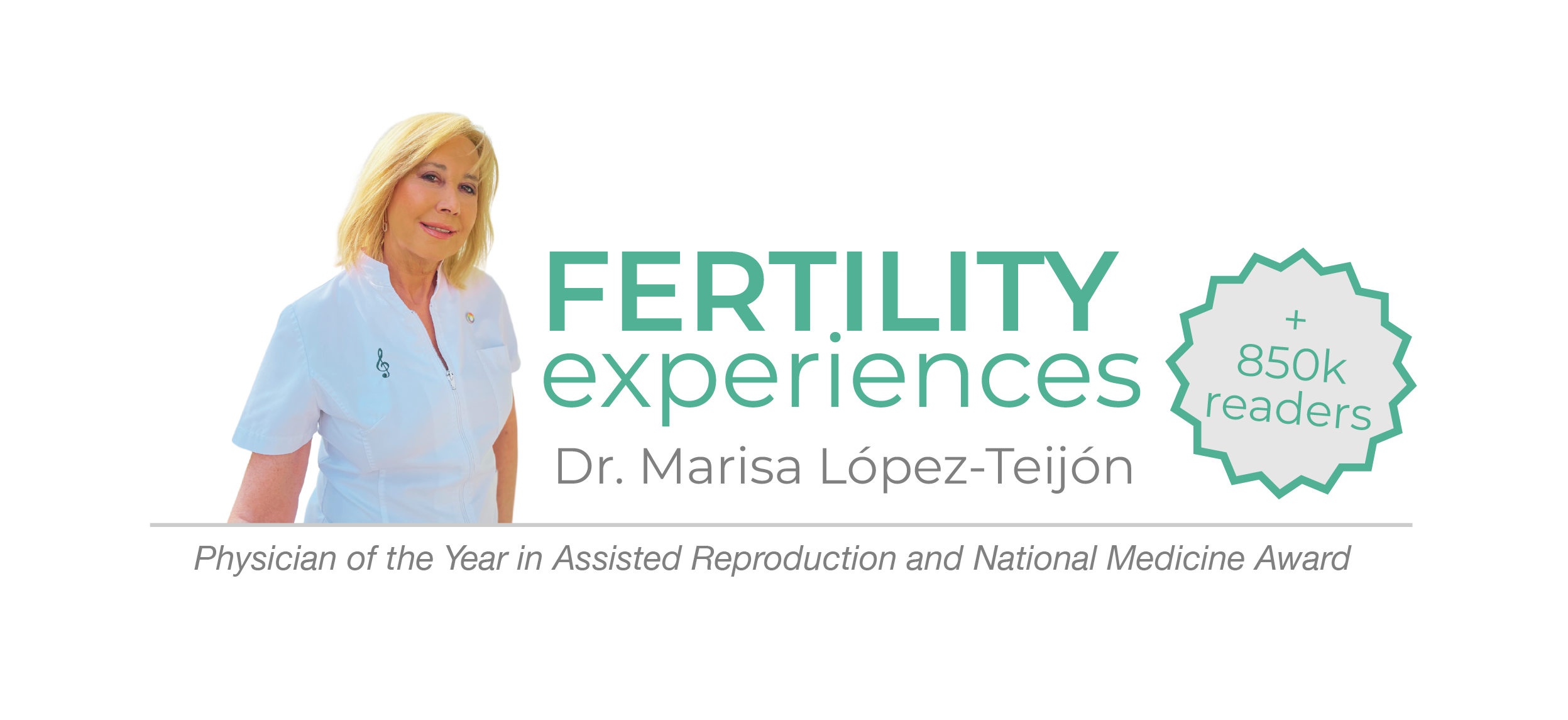What destination would you give to your frozen embryos if you did not wish to have any more children?
Please imagine the following scenario: you have two children born after an IVF cycle and you do not want to have any more children, but after the cycle there are still three frozen surplus embryos. Let us suppose that because the treatment was performed in Spain, you can also choose all the possible destinations for the embryos.
What would you choose?
I shall clarify the law and what our experience is following the answers from our patients.
At the beginning of an IVF cycle a consent form should be signed in order to decide the destination of the surplus embryos that will not be transferred. At this point in time, most of the patients keep them for themselves, thinking that they may not achieve pregnancy with the fresh embryos or that they may want more children.
Every year they receive a letter from our clinic to validate or change their decision.
In accordance with the Spanish Law on Assisted Reproduction, Law 14/2006, Chapter III, Article 11:
“The possible destinations of cryopreserved pre-embryos, as well as, where applicable, semen, oocyte and cryopreserved ovarian tissues, are the following”:
a. Their use by the woman herself or her spouse
This is possible for the duration of the reproductive life of the woman up until, for medical reasons, the woman can no longer be the recipient of an embryo.
It is difficult to know when the reproductive life ends as the law does not give an age limit neither specifies the medical pathologies that may contraindicate pregnancy.
38.8% of patients decide to keep the embryos for themselves. It should be noted that 91% of these patients have finished their reproductive project, they do not wish to have more children, but they prefer to maintain the embryos because they cannot make a decision between the other options.
b. Embryo donation for reproductive purposes
At Institut Marquès only 4.7% of the letters we receive consider this option. When I ask them why they do not want other couples in the same circumstances to be the recipients of the embryos, they answer that they are afraid that their children will meet their brothers or sisters. Then I tell them that the assignment system does not allow this to happen as the recipients are from other countries, but they do not change their mind and still prefer to maintain the embryos for themselves.
Some couples decide to donate the embryos, but in some cases we cannot fulfill their wish as their embryos do not meet the requirements to be donated -for instance if the woman is over 35 years old-.
c. Donation for research purposes
Patients must receive and sign a letter from the Clinic, which specifies the research project where the embryos will go to. Patients must also refuse any economic compensations coming from the research project.
3.9% of patients donate their embryos to research. Patients do not like this choice because they think terrible things will happen to their embryos.
The problem is that there are hardly any lines of research with embryonic stem cells. At Institut Marquès we have not yet sent any embryo to this purpose even though we have offered ourselves.
d. Termination of the conservation without any other use
In the case of the cryopreserved pre-embryos, this last option is only applicable once the preservation time limit established by this law comes to an end -and when their destination has not yet been decided.
Only 4.7% of patients choose the termination of the embryos. Patients say that they feel sorry to destroy them.
In this case it is necessary to get a medical report written by doctors from other clinics proving that the reproductive life of the woman has ended. This requirement is the reason why we only have destroyed one third of the embryos -as we do not receive these reports from the patients.
47.9% of the patients do not reply to our letters and the reason is that making this important decision brings emotional distress.
According to legal regulations, if patients do not answer two notifications the embryos will be considered abandoned and will be kept in the custody of the clinic. As you know, the embryos that meet the medical requirements to be donated will be assigned to our Embryo Adoption Program.
In conclusion, despite having a law that allows all possible options, most of the embryos are abandoned. Only 13.3% of people who have frozen embryos decide their destination. 86.7% do not answer the enquiries from the clinic or they keep the embryos even though they do not wish to have any more children.
What do you think about this?
Which decision would you take?

Leave a comment